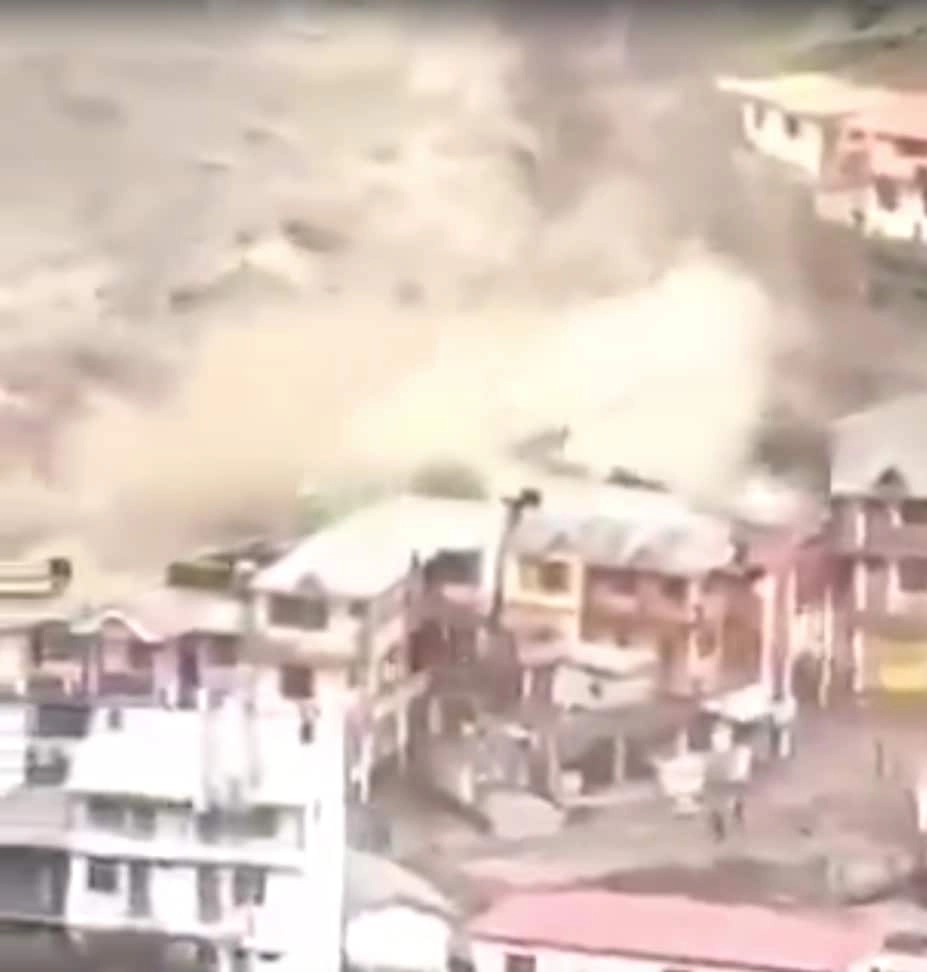In a devastating turn of events, Uttarakhand recently experienced a catastrophic cloudburst that resulted in a raging river sweeping away homes and causing widespread destruction. This natural calamity unfolded rapidly, with heavy rainfall leading to sudden floods that caught many residents off guard. Videos emerging from the region depict a powerful torrent of water rushing through villages, obliterating structures in its path and leaving a trail of despair. The sheer force of the water, combined with the steep terrain of Uttarakhand, exacerbated the situation, making it difficult for rescue operations to reach those affected.
Local authorities and emergency services were immediately mobilized to respond to the crisis. Rescue teams worked tirelessly to evacuate stranded residents and provide assistance to those who had lost their homes and belongings. The community rallied together, showcasing resilience and solidarity amid the chaos. However, the aftermath of the cloudburst has left many families in dire need of support, grappling with the loss of their homes and the uncertainty of rebuilding their lives. The destruction of infrastructure, including roads and communication lines, further complicated relief efforts.
This incident serves as a stark reminder of the increasing frequency and intensity of extreme weather events attributed to climate change. Uttarakhand, known for its lush landscapes and scenic beauty, is particularly vulnerable to such disasters due to its geographical makeup. As discussions about climate resilience and disaster preparedness gain urgency, this tragedy underscores the need for comprehensive strategies to mitigate the impacts of future natural disasters. The government and various organizations are now faced with the challenge of not only providing immediate relief but also implementing long-term solutions to protect vulnerable communities from similar threats in the future.




